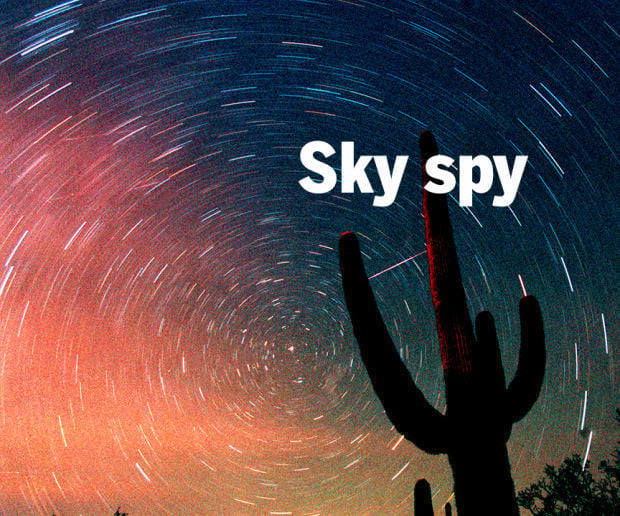The moon sets at 9:56 tonight, a good time to look for Cygnus the Swan.
Cygnus will be in the northeast and between 60 and 70 degrees above the horizon. Ninety degrees above the horizon is overhead, and 60 degrees above the horizon is two-thirds of the way from the horizon to the zenith (directly overhead). Cygnus is also known as the Northern Cross. The six brightest stars of Cygnus form a cross with the top of the cross pointing northeast and the bottom of the cross pointing southwest.
The brightest star in Cygnus is Deneb, which is at the top of the cross. However, Deneb is the tail of the Swan. Deneb is the Arabic word for “tail,” and Cygnus is flying south along the Milky Way. Even though Deneb is literally at the rump of the Swan, it is a majestic star indeed. Deneb is the 19th-brightest star in the sky. However, it is one of the most luminous stars in the entire galaxy. Deneb is so far away, its exact distance is not known. It has been estimated to be from 1,425 to more than 3,000 light-years away. It has a luminosity nearly 60,000 times that of the sun and a diameter more than 100 times greater.
At the head of Cygnus the Swan is a wonderful star, Albireo. It is not that much to look at visually, but it can easily be seen in light-polluted skies. Albireo’s fame comes from it being a beautiful double star when viewed in a small telescope. The two stars making up Albireo have contrasting golden and blue colors in a telescope, though to the naked eye they look like a single, somewhat golden, star.





